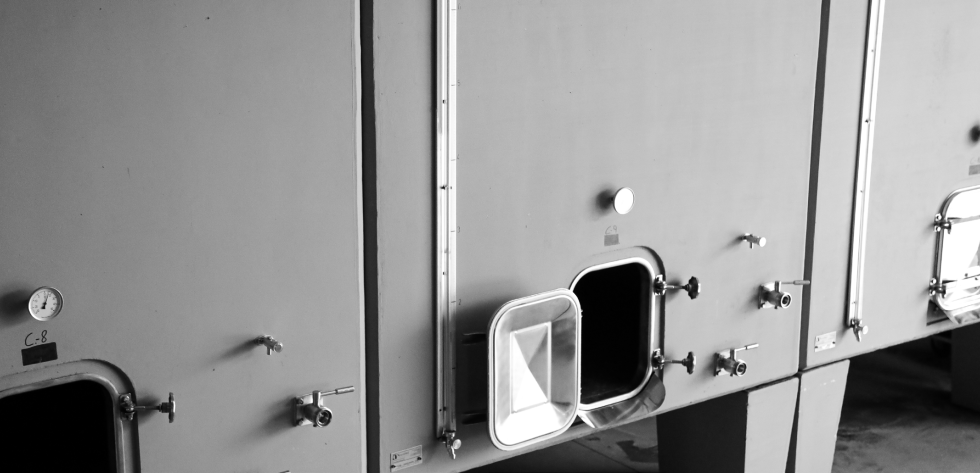Winemaking techniques
In small concrete vats


You must be old enough to consume alcohol legally in your country of residence.
Enter in the websiteIn small concrete vats

Using concrete vats for winemaking and maturation has various benefits.
Thermal inertia
Thermal inertia is resistance to temperature changes. Concrete is recommended precisely for its inertia properties. Sudden changes of temperature during winemaking should be avoided to ensure the survival of the yeast, and overly high temperatures are also harmful to certain aromatic molecules. Wine maturation should also take place without temperature variations, so concrete is an ideal material for both maturation and winemaking.
Micro-oxygenation
Concrete is a porous material that traps oxygen in tiny pockets and releases it slowly and evenly. This micro-oxygenation stabilises tannins and colour. This phenomenon is of great interest for making wines with no sulphur.
Neutrality and durability
Concrete is first and foremost a neutral material that adds no additional flavour, which is ideal for preserving a grape’s freshness and the purity of its style. Wines made in concrete vats are therefore bright and fruity with texture and minerality.
Concrete is also a high-quality material that is able to withstand many years of use.
A well-maintained concrete vat can be used for more than a hundred years.
Different concrete vats
As well as being a durable material, it is also a malleable one, enabling the creation of vats in a variety of shapes and sizes. At Mas Janeil, for example, we have 40-hectolitre cubic vats that enable an ideal ratio of marc to juice during the winemaking process. We also have ovoid vats, the shape of which keeps the lees perfectly in suspension for maturing white wines.
By Julien Fernandez – Languedoc-Roussillon Manager